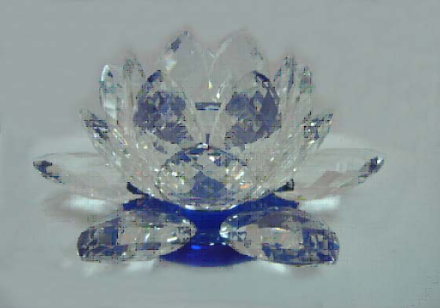NEWS
2025-05-05 17:56:41

As the jewelry consumption market continues to heat up, counterfeit and shoddy products keep emerging. From the "bargain" traps in live-streaming rooms to the counterfeiting of certificates in offline stores, consumers may easily pay a high price for counterfeits if they are not careful. Recently, several jewelry appraisal experts jointly released an authoritative guide, providing the public with a set of operational identification solutions from certificate verification, physical feature recognition to professional tool assistance.
I. Certificate Verification: Authoritative institutions are the "first line of defense"
A formal jewelry appraisal certificate is the core basis for judging authenticity. Experts emphasize that consumers need to pay close attention to the following details:
Verification of institutional qualifications
Domestic authoritative institutions include the National Gemstone and Jewelry Quality Supervision and Inspection Center (NGTC), the Jewelry Testing Center of China University of Geosciences, etc. The authenticity of their certificates can be verified by entering the serial number on the official website. If merchants provide Hong Kong certificates or self-made cards, they should be highly vigilant - such certificates are often determined to be invalid in recycling or transactions.
Verification of anti-counterfeiting technology
Formal certificates are usually equipped with QR codes, watermarks, laser anti-counterfeiting labels and fluorescent labels visible under ultraviolet light. For instance, the GIA Diamond certificate employs holographic anti-counterfeiting labels and microprint technology, making it difficult for counterfeiters to replicate.
Information consistency comparison
The weight, size, color and other data on the certificate must be exactly the same as the actual item. Some consumers once found that the size marked on the certificate of the "A-grade jadeite" they purchased differed by 0.5 millimeters from the actual product. After re-inspection, it was confirmed to be A B-grade jadeite that had been acid-washed and impregnated with glue.
Ii. Physical Feature Recognition: The "Sharp Eyes" Combining the Naked Eye and Tools
The physical properties of different jewelry are the key to identifying authenticity. Experts summarize the following practical tips:
Color and clarity
Natural gemstones: Uneven color distribution, with mineral inclusions or growth lines inside. For example, natural sapphires often show hexagonal color bands, while synthetic products have uniform colors. The stone texture of Grade A jadeite is natural, while Grade B jadeite has "spider-web-like" cracks due to acid washing.
Artificial gemstones: The color is too bright or too pure. For instance, synthetic rubies have very few internal defects due to their controllable growth environment, while natural rubies are "nine out of ten red" cracked.
Luster and Refraction
Diamonds: Under a 10x magnifying glass, "arrow lines" or triangular growth lines can be seen, while moissanite shows double shadows along the edges due to its birefringence.
Jadeite: Under a Charles filter, natural jadeite remains green, while dyed C-grade jadeite shows a reddish tone.
Process details
Setting technique: High-value gemstones (such as diamonds and rubies) are rarely paired with silver or copper ring Settings. If a combination of "1-carat diamond ring + loose ring ring" is found, it is very likely to be a counterfeit.
Cutting quality: The cutting of natural diamonds must comply with optical principles. If there is no laser coding at the waist edge or the proportion of the cut surface is out of balance, it may be a counterfeit.
Iii. Simple Test: Quick Screening in Home Settings
When professional tools are lacking, consumers can make a preliminary judgment through the following methods: